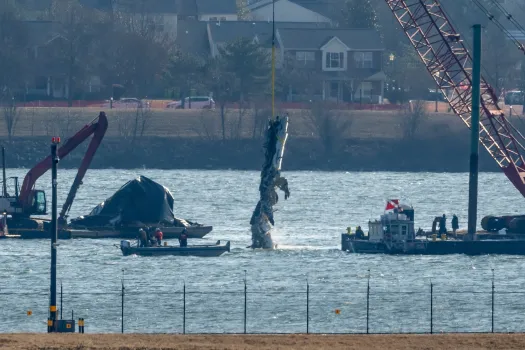NTSB Launches Key Hearing Following Deadliest U.S. Air Crash in Decades
Six months after a midair collision between a regional passenger jet and a U.S. Army Black Hawk helicopter near Washington, D.C., claimed the lives of 67 people, the National Transportation Safety Board is beginning a three-day hearing to present new findings.
The January 29 accident is considered the deadliest aviation incident in the United States since 2001, prompting renewed scrutiny over air traffic operations near the nation’s capital.
Crash Circumstances and Ongoing Investigations
The collision occurred as the PSA Airlines flight was descending toward Ronald Reagan Washington National Airport in Arlington, Virginia. Simultaneously, the military helicopter was flying south along the Potomac River during a training mission. Both aircraft crashed into the river after colliding at approximately 8:48 p.m. local time.
The passenger jet carried 64 people, including crew, while the Black Hawk had a three-person crew.
Airspace Risks and Equipment Concerns
Officials had previously raised concerns about congested airspace near DCA, where military and civilian flights frequently overlap. The NTSB reported an average of one close call per month in the area over the last decade.
Investigators are also analyzing whether the helicopter’s altimeters were functioning properly. Preliminary data suggest it was flying above the authorized altitude. Additional factors being reviewed include possible radio interference and limited visibility due to the crew’s use of night-vision goggles.
Hearing Purpose and Expected Outcomes
The NTSB hearing aims to gather factual data and assess operational, technical, and regulatory aspects of the incident. It does not assign blame, but it will inform safety recommendations directed to the Federal Aviation Administration.
The final report is expected early next year and may include proposals to reduce risks in mixed-use airspace zones.



